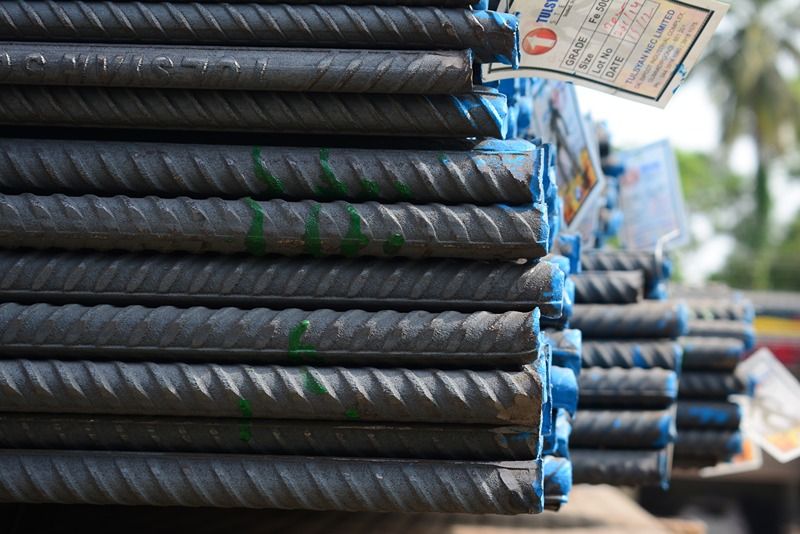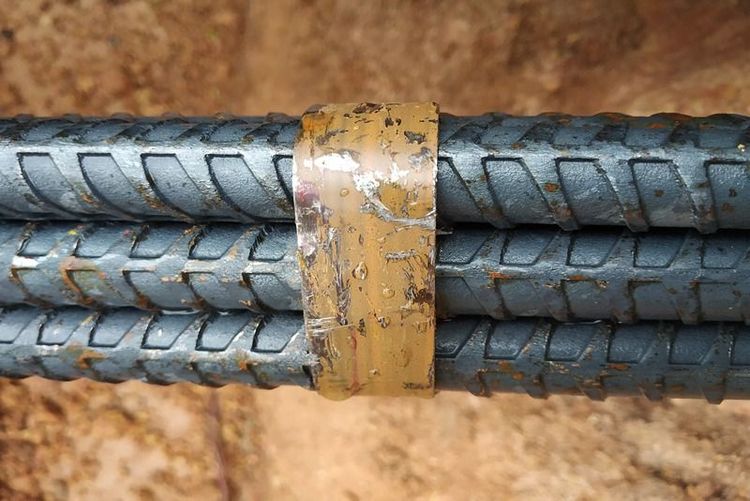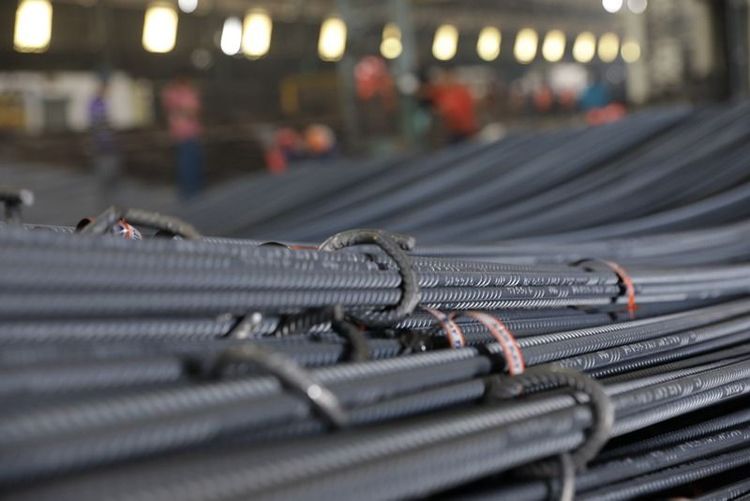The microstructure of Thermo-Mechanically Treated (TMT) bars plays a critical role in achieving high tensile strength and ductility, making them ideal for reinforced concrete structures. The unique combination of a martensitic outer layer and a ferritic-pearlitic core enhances the mechanical properties of the steel. Here's how the microstructure improves these qualities: Martensitic outer layer: This layer forms during the rapid quenching process, giving the TMT bars exceptional hardness and tensile strength. Martensite is a hard and brittle structure, and in TMT bars, it is tempered to balance the extreme hardness, making the bars both strong and tough. Ferritic-pearlitic core: The core cools more slowly and consists of ferrite and pearlite. Ferrite provides ductility, while pearlite offers a balance of strength and toughness. This combination ensures that the TMT bars have flexibility, allowing them to bend without breaking, a vital property for withstanding seismic activities or heavy loads. Corrosion testing and performance evaluation Electrochemical Impedance Spectroscopy (EIS) and polarisation curves are essential techniques for evaluating the corrosion resistance of TMT bars.
Electrochemical Impedance Spectroscopy (EIS):
EIS is a non-destructive technique that measures how much a material resists corrosion when exposed to an electric current. TMT bars provide insights into how the martensitic outer layer and ferritic core respond to corrosive attacks. EIS data is presented as a spectrum, showing how the impedance (or resistance) changes at different frequencies. It's particularly useful for detecting early signs of corrosion, even before visible damage occurs. It can also evaluate the effectiveness of protective measures like coatings and inhibitors.






 +91 7208055523
+91 7208055523
 Help & support
Help & support
